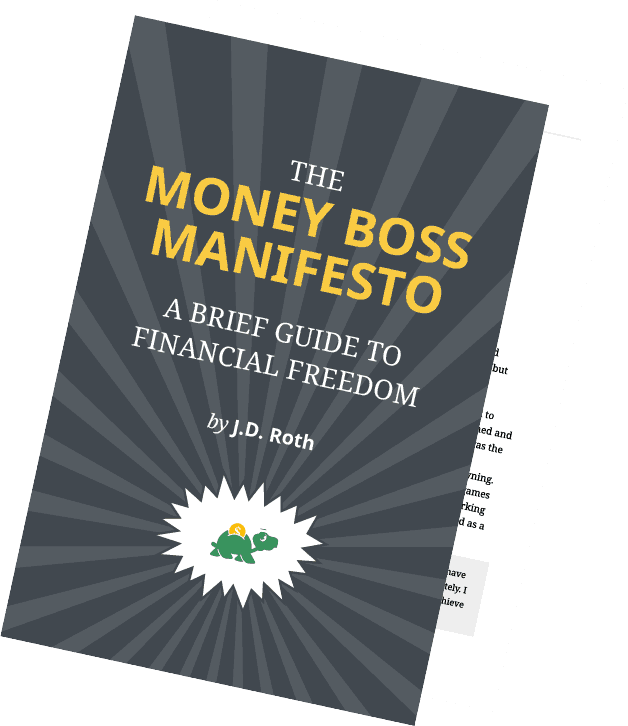Life is not a game
This article was written by Michael Laurence. Previously at Get Rich Slowly, Michael has shared his thoughts on investment risk and what happens when more money makes you miserable.
You hear the phrase "the game of life" all the time.
https://www.youtube.com/watch?v=L-o8Spa4isQ
More money, less happiness: When money makes you miserable

 Money, the conventional wisdom says, doesn't buy happiness. Modern psychology seems to back this up, with studies suggesting that beyond an income of $75,000, money doesn't make you any happier.
Money, the conventional wisdom says, doesn't buy happiness. Modern psychology seems to back this up, with studies suggesting that beyond an income of $75,000, money doesn't make you any happier.
This conclusion is simultaneously obvious and counter-intuitive.
As an abstract principle, most us acknowledge that money doesn't buy happiness. But, at the same time, we all want more of something material -- a nicer house, nicer vacations, the ability to live in a certain neighborhood or eat at fancier restaurants -- that we think would make us happier. (If you're J.D., you think maybe season tickets to your favorite team might make you happier.)
What we talk about when we talk about risk
Everybody’s financial situation -- age, income, saving rate -- is different.
But every retiree, early or late, aspiring or actual, has the same, simple investing imperative: We must preserve and grow our purchasing power in real terms in order to finance decades of future consumption.
This sounds simple (which it is) and obvious (which it isn’t).
